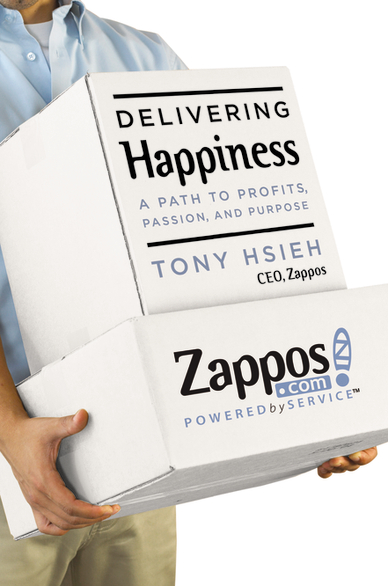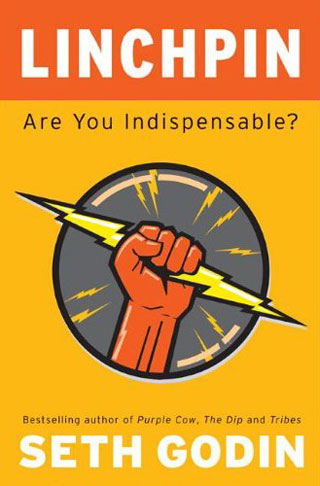STUDENT: I’m having a really hard time coming up with an idea for this project.
ME: Okay, give me one of the ideas you had.
STUDENT: Well, uh… None of them are any good.
ME: No biggie. Give me the worst idea you had.
STUDENT: (laughs) To tell you the truth, I didn’t have any ideas.
ME: None?
STUDENT:None.
I love assignments that have very few directions. My students last year called them “choose your own adventure papers”. I want my students to learn how to creatively solve interesting problems independently. To get a sense of what I’m talking about, check out this paper that I have my social change students do that requires them to take action to ameliorate the social problem that they’ve been researching all semester.
In my anecdotal experience, students presume that if they don’t have a “good idea” immediately after reading the directions, they feel they never will. Almost all the students who approach me for help have not brainstormed on paper, or talked out their ideas with a classmate, or any other form of creative problem solving. It seems that it never even occurs to them to do so.
What’s Your Worst Idea?

We have to teach our students to use their creative problem solving skills and remind them to employ the strategies they’ve been taught previously (e.g. brainstorming, mind mapping, etc.). I ask my students, “what’s your worst idea” to give them the space to have ideas without any expectations of quality. Then I ask them to brainstorm the idea with me, then and there. I bite my tongue and let them talk through their ideas. If their really stuck, I might ask them a question a la the Socratic method. But no matter what, I absolutely will not give them the answer. If no “good ideas” come out during our 5 minutes of brainstorming, I ask them to, on their own, mind map or otherwise write down their ideas and then bring them to our next class.
Without fail, they figure it out. They come bouncing into class to “tell me their good idea” and I can say, “see I knew you had it in you!” When we force our students to work through their creative process independently, we make a space for them to practice arguably the most valuable skill we could ever teach them; how to independently & creatively solve interesting problem.





